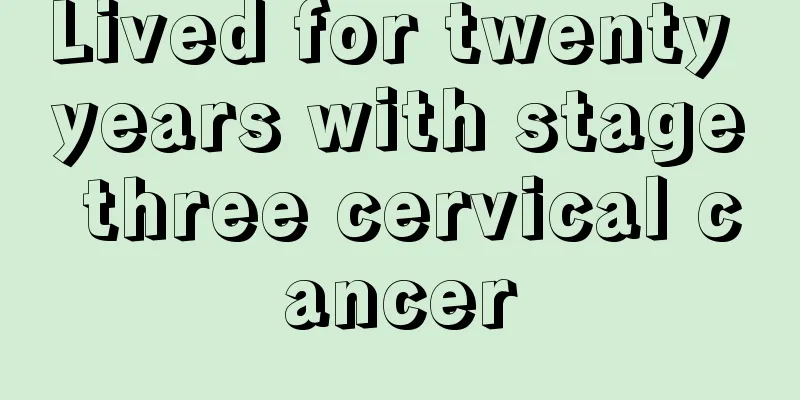What caused the sudden fall

|
Why do sudden falls occur? In fact, there are reasons for this. For example, common vasovagal syncope can easily cause fainting and falls. This disease often occurs in young people. Some patients with heart disease may also experience cardiac syncope and cause falls. 1. Vasovagal syncope. This is the most common type, which occurs more frequently in young people. There are often fixed triggers for the attacks, such as urination, coughing, pain, emotional tension, fear, hot weather, strenuous exercise, and fasting. Syncope sometimes occurs without any symptoms before the attack and the patient recovers quickly without any sequelae. Sometimes blood pressure and/or heart rate may slow down. This type of syncope can usually be cured by special exercises under the guidance of a doctor. A few people need to be treated with drugs or pacemakers. 2. Cardiac syncope. It refers to syncope caused by a sudden decrease or cessation of cardiac output due to heart disease, which is mostly caused by arrhythmia and organic heart disease. Common arrhythmias include sick sinus syndrome, atrioventricular block, bradycardia or arrest, and tachycardia arrhythmias such as ventricular fibrillation and ventricular tachycardia, which lead to reduced cardiac output and cause syncope. Organic heart diseases, such as acute myocardial infarction, cardiac myxoma, hypertrophic obstructive cardiomyopathy, congenital cyanotic heart disease, etc. can all cause syncope. Cardiogenic syncope is common in the elderly, lasts for a long time and is a serious condition. Elderly people with heart disease should communicate with cardiovascular specialists for treatment and use pacemakers and implantable cardioverter-defibrillators when necessary. 3. Cerebral syncope. It is caused by circulatory disorders in the brain blood vessels or the main blood vessels supplying blood to the brain, resulting in a temporary and widespread lack of blood supply to the brain. It is more common in the elderly, and common causes include transient cerebral ischemia, brainstem syncope, and large arteritis. Preventive measures include preventing cerebral arteriosclerosis, reducing cerebral vasospasm, taking medication regularly, and regular check-ups. 4. Orthostatic hypotensive syncope. It is more common in the elderly or those who are bedridden for a long time. Symptoms include blacking out and fainting after a sudden change in body position. Preventive measures are to stand up slowly or with support, and not to squat for a long time. |
<<: Why does the left side of my belly button hurt?
>>: What are the symptoms of hand dislocation
Recommend
How to quickly find the sleeping point
To quickly find the sleep points, you need to fol...
How to deal with scale in thermos
Thermos is a tool that we all use in our daily li...
How to choose a purple clay teapot
Do you know what the purple clay teapot is used f...
How to detect macular degeneration in time?
Macular degeneration is an eye disease with great...
Will eating dried tofu make you fat
What foods will make you fat? What foods can fill...
How to wash ink on clothes
Many parents have experienced ink stains on their...
Typical manifestations of renal cancer in B-ultrasound examination
B-ultrasound examination of kidney cancer is simp...
How to treat perianal folliculitis
Since I graduated from school and started working...
What is gastric signet ring cell carcinoma? How long can you live? Not necessarily, it depends on many factors
Gastric signet ring cell carcinoma is a type of g...
Why do capillaries rupture
Capillary rupture is very common in daily life. T...
Symptoms of allergic eczema
Human beings are said to be very powerful individ...
Does early stage lung cancer need surgery? Non-surgical treatment methods for early stage lung cancer
Lung cancer is a relatively serious disease, and ...
It turns out that cerebral infarction is caused by these reasons
Cerebral infarction is prone to occur in winter b...
Solutions to irritability
As the pressure of life increases, people are suf...
How to treat cervical precancerous lesions? What are the treatments for cervical precancerous lesions?
About 200,000 women die from cervical cancer worl...









